Working "Out" Versus Working "In"
What Is a Work-In Practice?
Have you ever stopped to wonder “what are the benefits of practicing meditation or breathwork daily?” or “what is my yoga practice providing me aside from possibly a stronger core or arms?” I like to think of these somatic practices as a work “in” for our bodies.
The Difference Between Working Out and Working In
When we think of working out at the gym or at home, we often picture a routine with weights, machines, and music. Working out has great health benefits, such as a stronger body, heart, and longevity. Working out can also have a degree of difficulty and is often more strenuous on the body.
Why Focus Inward?
However, working “in” goes deeper than this and provides us with an opportunity to focus on what is going on inside of us. I like to think of this process as an introspective practice that helps cultivate internal energy, awareness, and balance within the body and mind. Focusing inward helps us to connect with ourselves without needing to push our physical limits. Some benefits of this work can be to reduce stress or anxiety, promote alignment between mind, body, and our emotions, and to facilitate healing and self-awareness.
Simple Ideas to Start a Work-In Practice
One idea for creating a consistent work-in practice could be a dedicated daily stretch practice. Clear some space on the floor, cue up a playlist, and have tissues ready for whatever stuck emotions may happen to come up during your practice. Another idea could be to carve out time for meditation. This practice can range from 2 minutes to 2 hours and you can’t do it wrong! Just continue to circle back to focus on the breath. Adding in a mantra such as “Let Go” can be really helpful too. I encourage you to find what work “in” practice is best for you. I provided my favorite technique which I borrowed from my somatic training.
Diaphragmatic Breathing
Feel free to find a comfortable position, either seated or lying down. Your hands can rest gently in your lap, or you can begin to place one hand on your chest and one hand on your belly. If comfortable for you, you can close your eyes or let your gaze soften.
Begin to notice your body. Notice the surface that is supporting you – your bed, your chair, your yoga mat, or the ground beneath you. Take 3 slow breaths in and out while allowing your shoulders, jaw, and space between your eyebrows to soften.
I invite you to begin to notice your breath. Take note of how it moves into your nose and out of your nose or mouth. Simply observe.
When you are ready if you have not done so already place one hand gently on your belly and the other on your chest. Take a slow, deep breath in through your nose, and visualize that breath filling up your belly. Feel the way your belly expands outward as if you are blowing up a balloon. Now exhale slowly through your nose or mouth, feeling your belly fall back towards your spine. Notice how your hand moves with it. Let the air leave completely, emptying your lungs at a steady pace. The hand on your chest might be aware of your heartbeat or it may feel the slight rise and fall of your chest while breathing.
Begin to find a comfortable rhythm of inhales and exhales. If it helps, you can start to visualize your breath as ocean waves. The inhale draws the waves in while your exhale pushes the waves back out from the shoreline.
When you feel ready, you can begin to notice the space around you. Start to wiggle your hands and toes. Maybe take some wrist or ankle circles. Once feeling fully grounded, open your eyes gently if they were closed. Notice the feeling in your body.
Carry this calm and centered energy with you into the rest of your day.
Written by Kathryn Smilowitz, LSW, Presence of Mind Therapy
Presence of Mind Therapy Blog
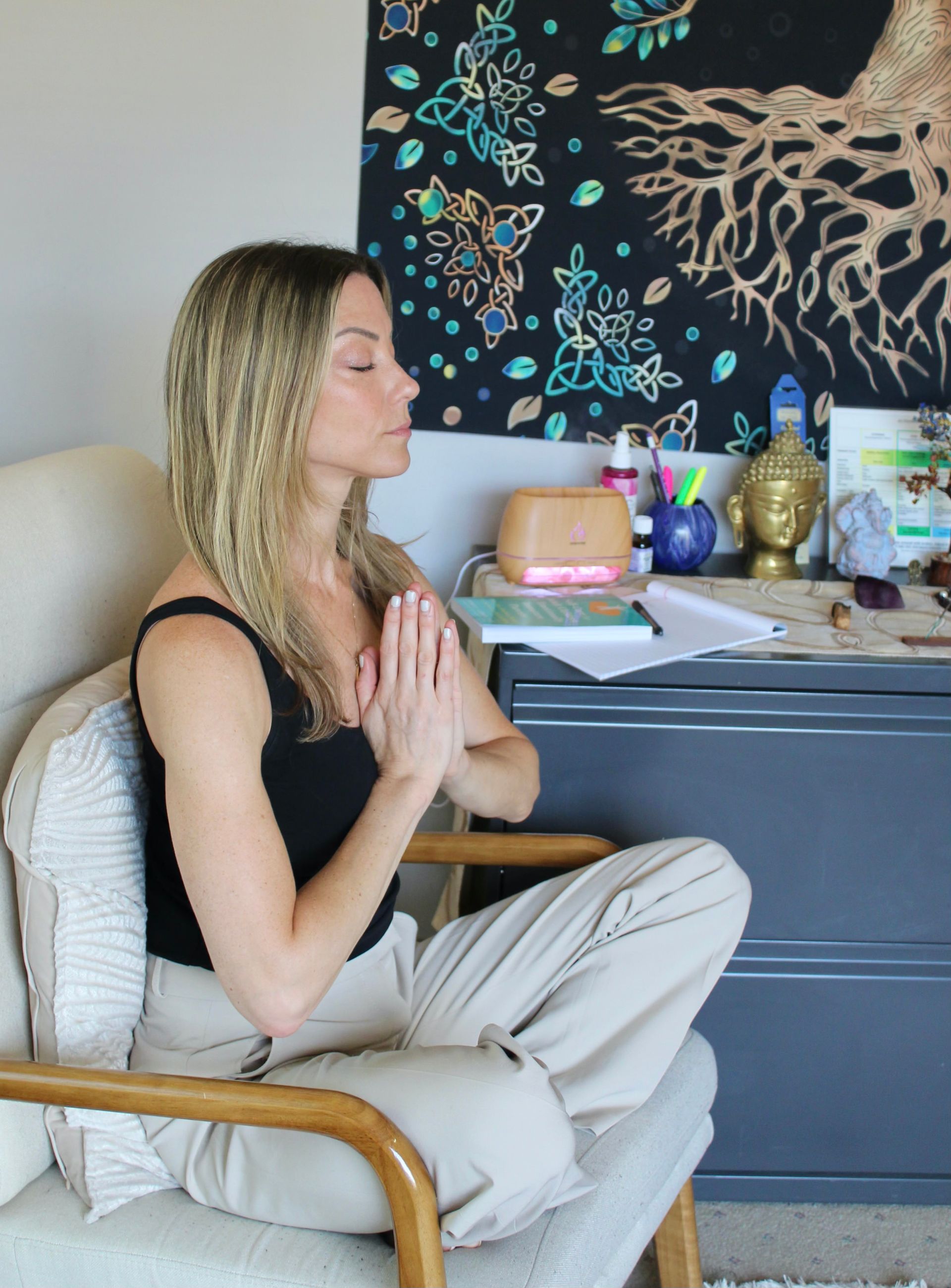

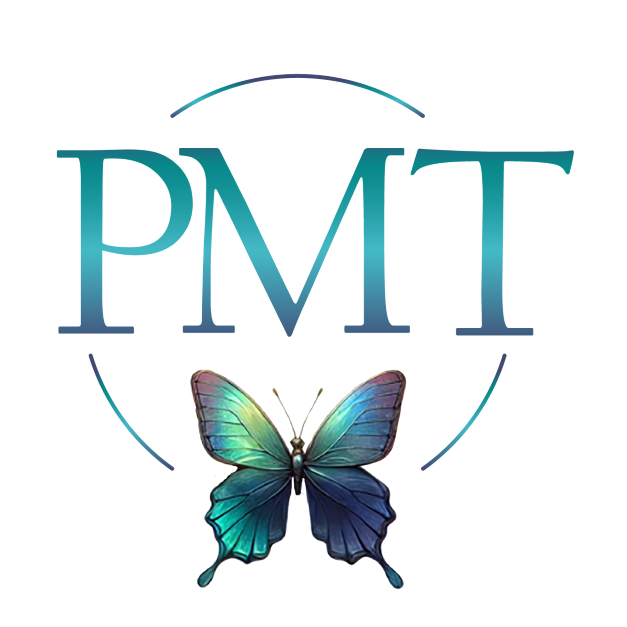



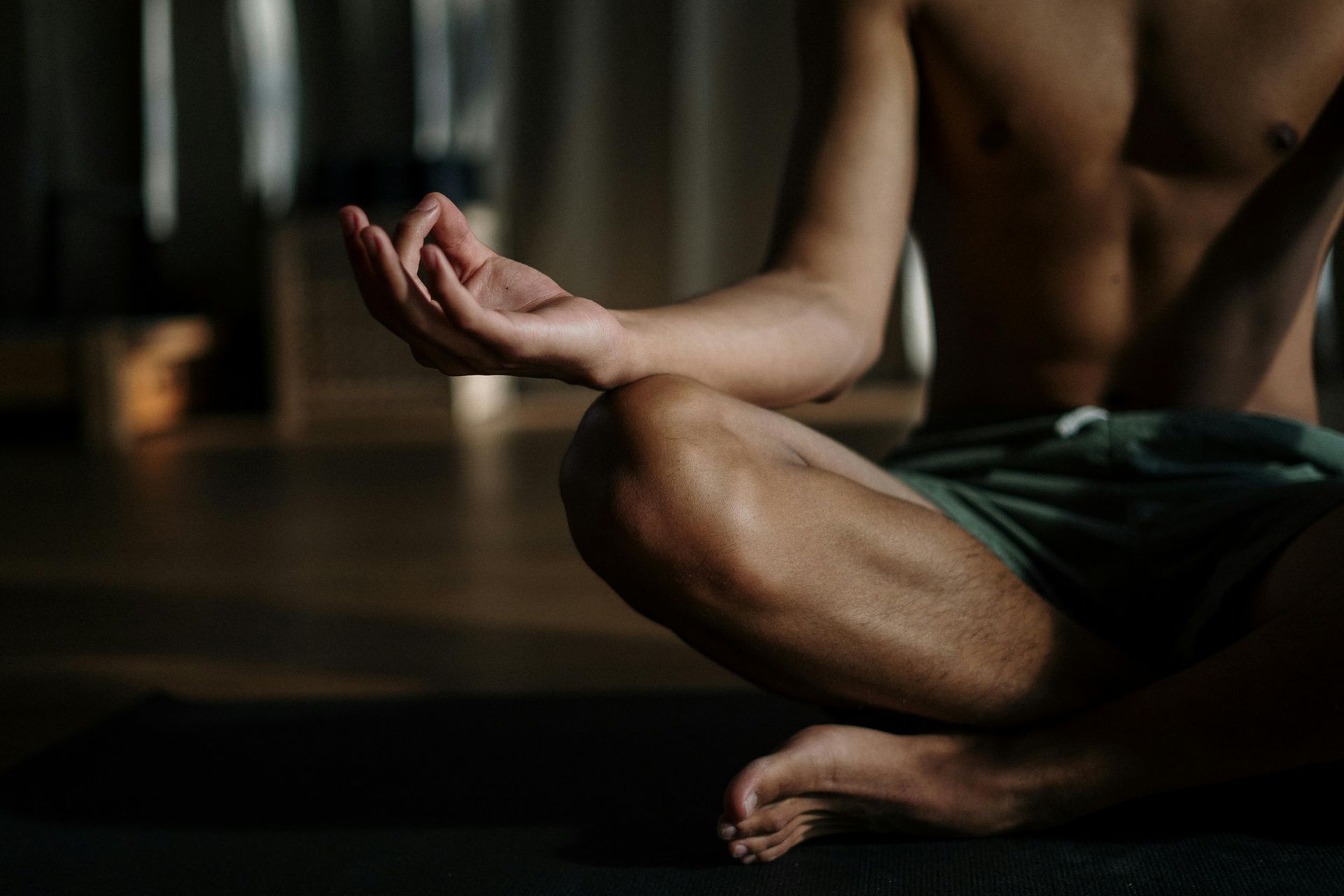

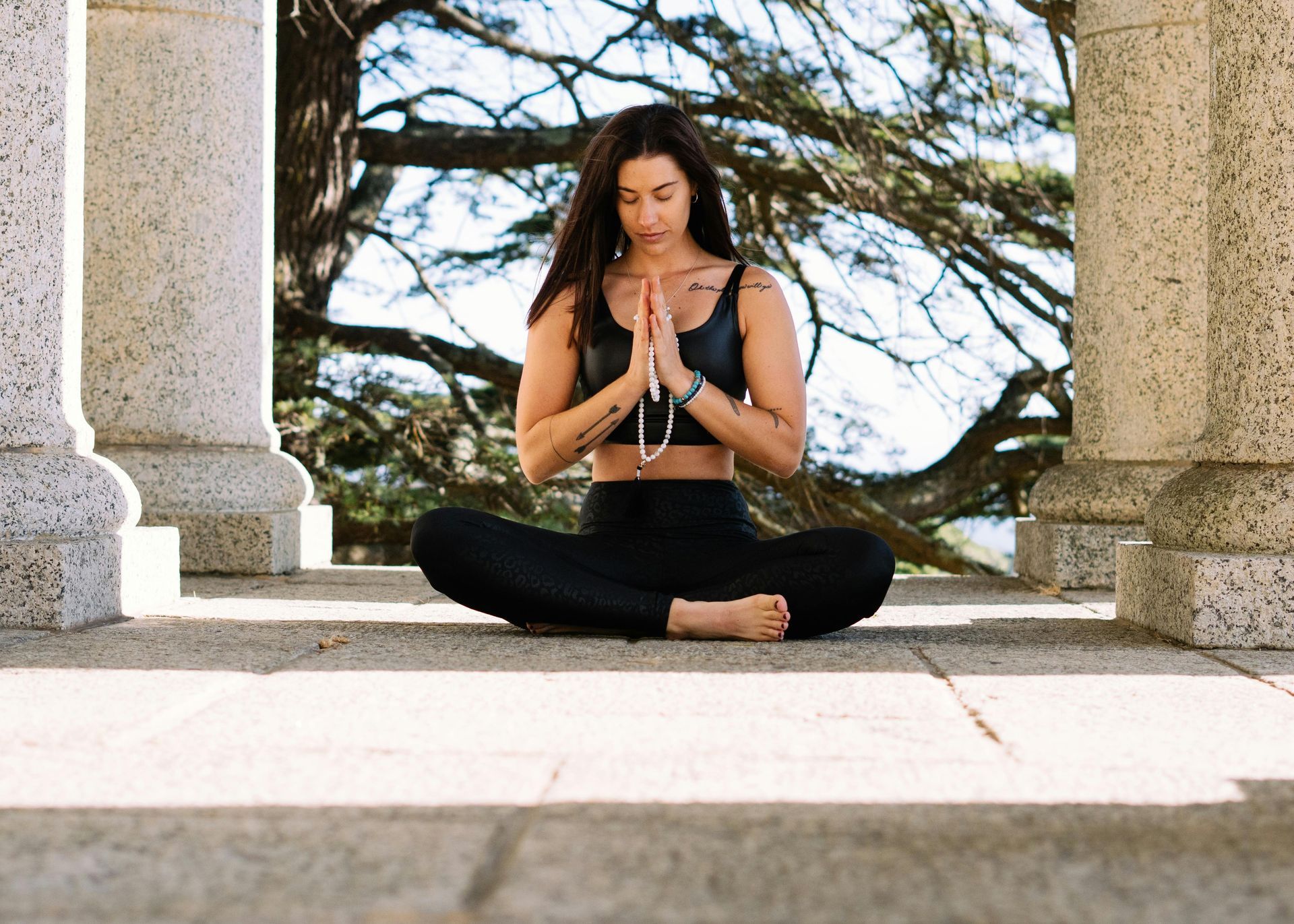





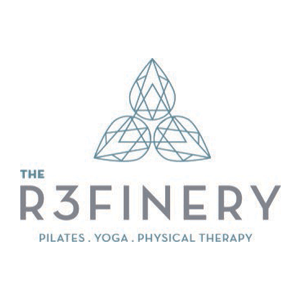




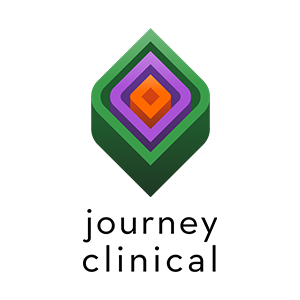
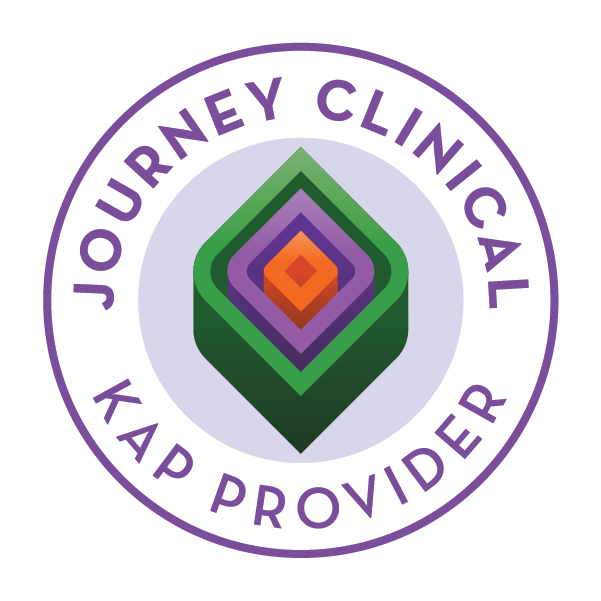
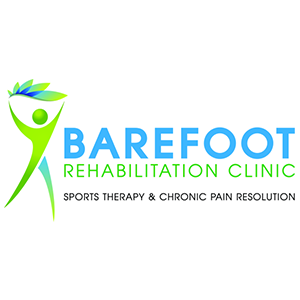
Share On: